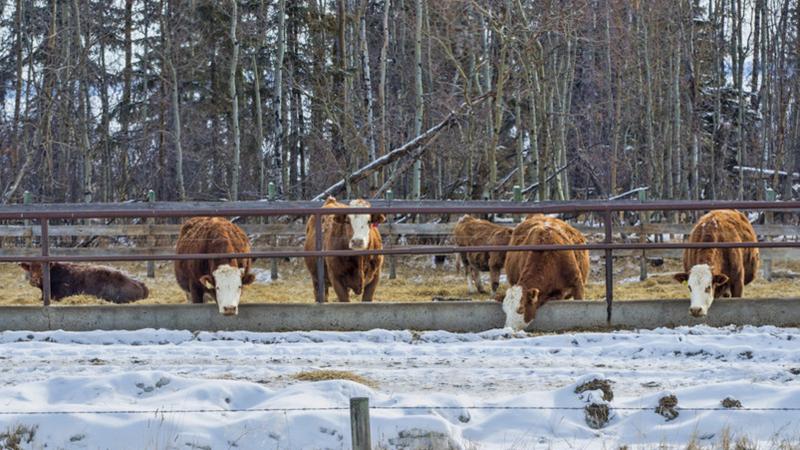
CFIA approves first feed ingredient to reduce methane emissions from cattle
Canada has its first methane-reducing feed additive for cattle.
The Canadian Food Inspection Agency (CFIA) has approved 3-Nitrooxypropanol (3NOP) as a new livestock feed ingredient aimed at reducing methane emissions.
The Canadian Cattle Association (CCA) and National Cattle Feeders’ Association (NCFA) were pleased with the news, explaining that they’ve long been advocating for these feed ingredients which are being used in other jurisdictions.
NCFA Chair Will Lowe said the product presents a groundbreaking opportunity in mitigating methane emissions.


